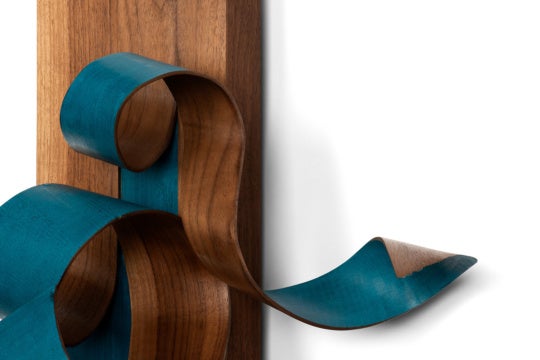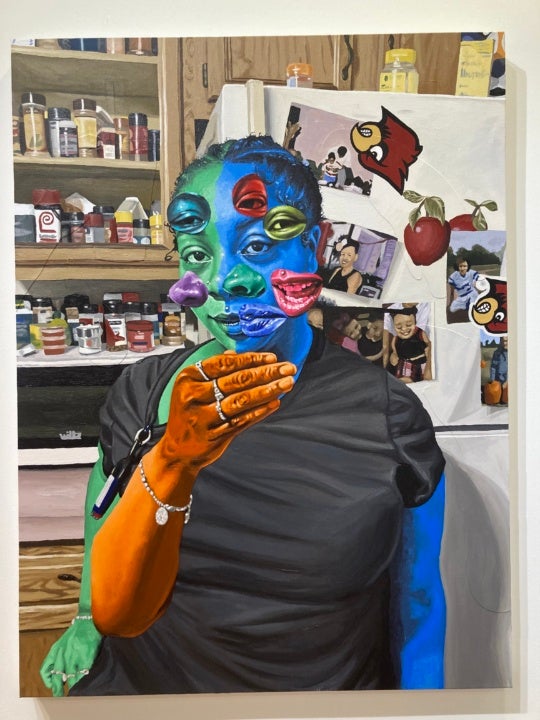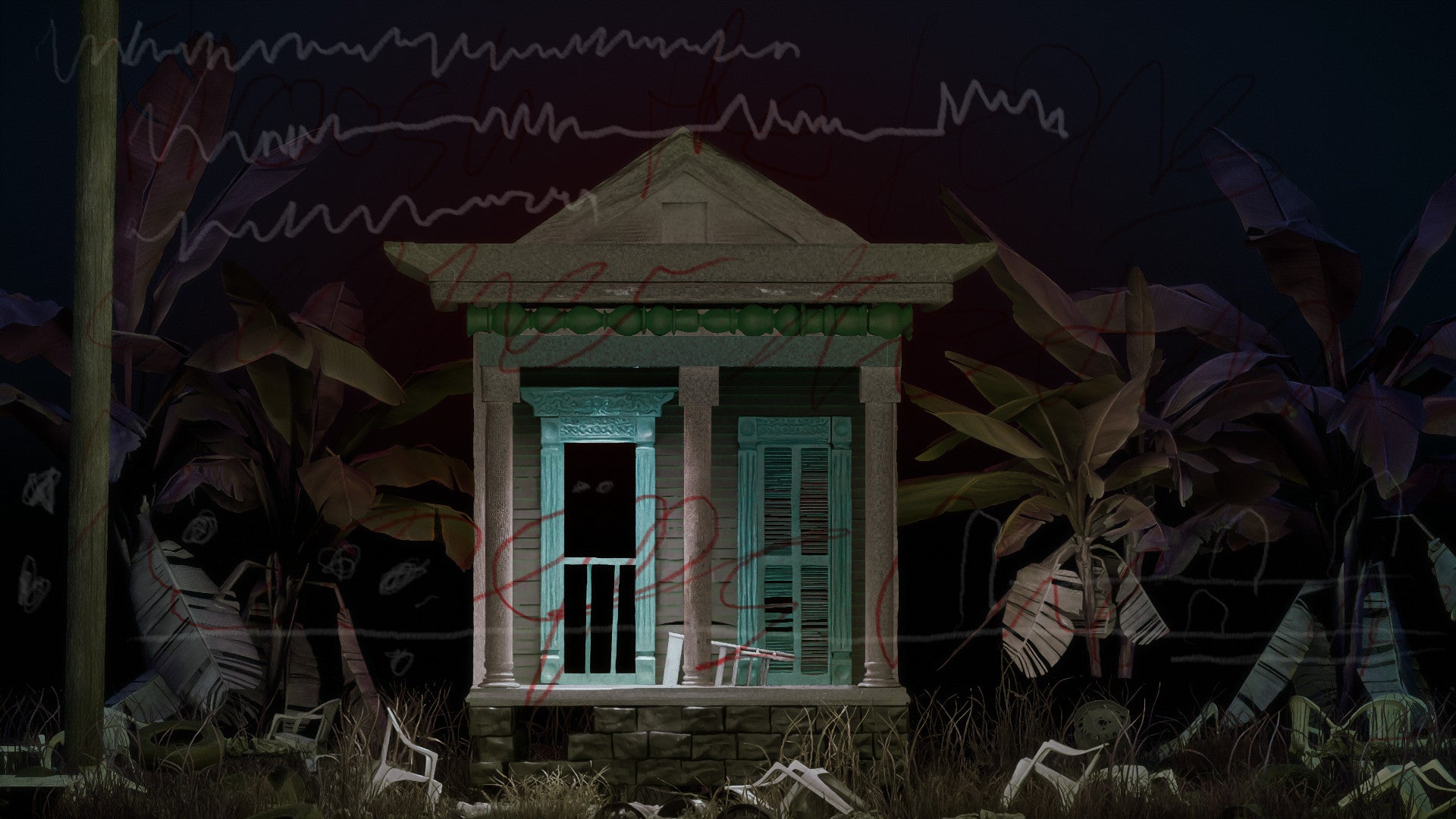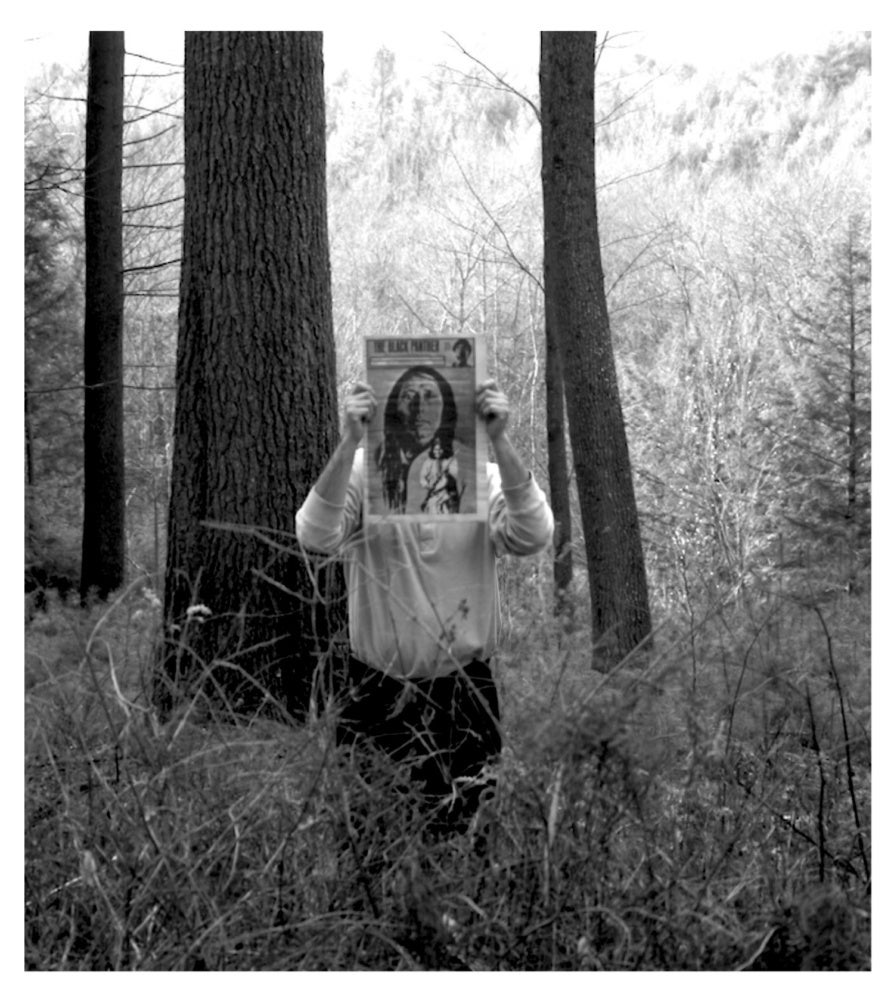
When I first encountered william córdova’s work at the Pérez Art Museum Miami in 2018, I was struck by his piece Laberintos (after Octavio Paz y Gaspar Yanga) (2003-2009)—an installation incorporating 200 vinyl records sourced from an undisclosed institution, matching in number the Incan artifacts that same institution refuses to return to Peru—that sparked an immediate question about the ethics of institutional collecting. “So you STOLE these records?” I blurted during his generous walkthrough. His response was immediate: “No, I liberated them.” That exchange encapsulated something essential about córdova’s work: a cultural practice rooted in transformation and transcendence. The Lima-born, Miami-raised artist creates multimedia installations using found objects and coded political statements to expose often-invisible histories. His accolades include a 2021 Guggenheim Fellowship, the 2008 Whitney Biennial, and collections at institutions like the Whitney Museum and Guggenheim—not to mention countless residencies. Six years later, we sat down to discuss his decade-long residency practice and the philosophy that sustains his work.
This interview was edited for length and clarity.
Victoria Ravelo: When you graduated from Yale, what inspired you to apply for a residency? Did you imagine you would be attending residencies for a decade?
william córdova: Yes and no, I wanted to survive outside of grad school. I didn’t want to get a nine-to-five job, I just wanted to do what I was already doing in my studio. Grad school provides a safe environment, it cultivates one’s practice, it’s an intellectual space, there’s resources, and you have these plural experiences: teachers, visiting artists, students, the community around an institution, [and] other programs. I wanted all those things to continue. I wanted to immerse myself and never leave.
I did Skowhegan [School of Painting & Sculpture] between my first and second year—nine weeks in the summer of 2003. My work exploded, ideas just poured out of me because I was in constant stimulation. When I went back to school I realized that I needed to continue this. What if I ended up applying to residencies back to back to back? It would be like an extension of grad school. I ended up doing that for ten years, but I didn’t plan the ten years, I had planned to do it for life.

VR: How would you keep up the momentum?
wc: I applied for residencies while I was still in them. The first residencies I applied for were Art Omi, Studio Museum in Harlem, Core Program in Houston. I was accepted for Art Omi for summer 2004, Studio Museum for 2004-2005. While at Studio Museum I applied for LMCC (Lower Manhattan Cultural Council) and Core Program again. I was accepted to both, so immediately the month I finished Studio Museum I went straight to LMCC for six months, then Headlands, then Core Program for two years until 2008.
While in grad school I also lived in a wooden box that I made to look like furniture. It had a small thin futon on top. It had wheels, you could move it around. You could use it as a table, a workspace or a rest space. But inside it was this sleeping space where I would hide all my clothes, canned foods, utensils, etc. I lived in that box for two years. So I thought if I could do that to save money and stay close to my practice for two years, I can keep doing that at any residency.
I used the residency as a hub, as a home, as an experimental space because to be an artist is not enough. You have to take risks, you have to experiment—and most of us will not do that because it costs money to experiment, to take risks, and to fail and learn from those failures. Often we just keep doing what’s celebrated, we repeat. So we’re not evolving, we’re not changing. It’s assembly line thinking.
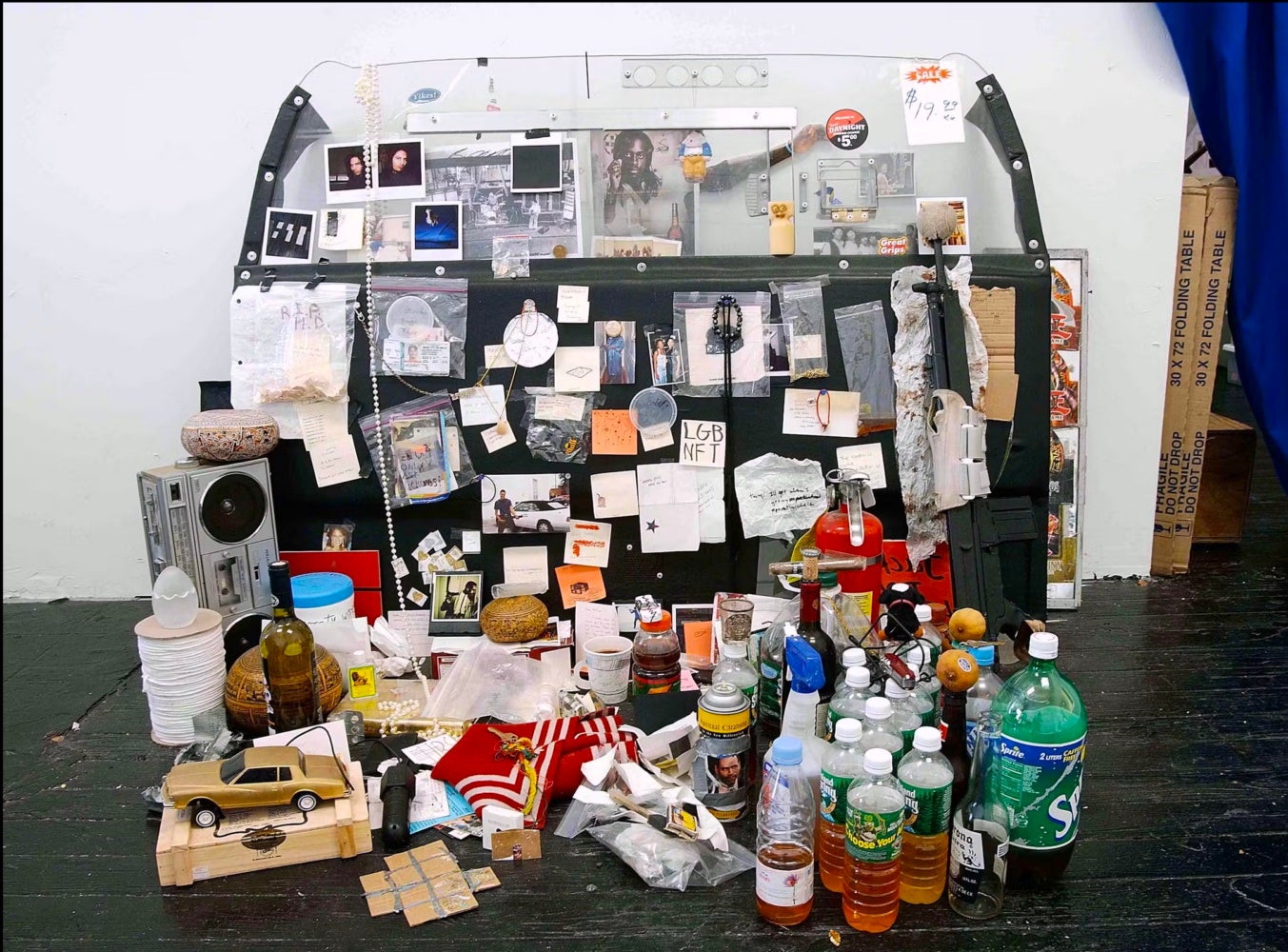

VR: Your practice takes on so many different forms, all with a connective tissue. How did you resist that when you were finding success?
wc: Depends how one defines “success.” Most of the exhibitions I was invited to were museum, university, nonprofit. They were invested in critical ideas and projects. They weren’t looking to sell something over the counter to a collector, first and foremost. That was in line with residency programs. Most commercial galleries don’t function this way—they serve a purpose and both have their strengths.
It’s like the difference between a mom and pop restaurant and a chain restaurant. You could get a burger at a chain in New York and one in Seattle and it would taste exactly the same. There’s something wrong with that. But you go to a Mom and Pop shop and get a unique experience—the culinary delights of that establishment and its community.
VR: Speaking of which, how have different cultural or geographic contexts affected how you work?
wc: The influence comes from everything, everywhere. I would always do research before I would start a residency so I could just benefit from an immersed experience there.
VR: How would you prepare for residencies?
wc: I don’t like to travel with many things. When I first started after grad school, sure, I was shipping 10-15 boxes from one residency to another. But in time I ended up discarding most of it, just relying on the most basic things.
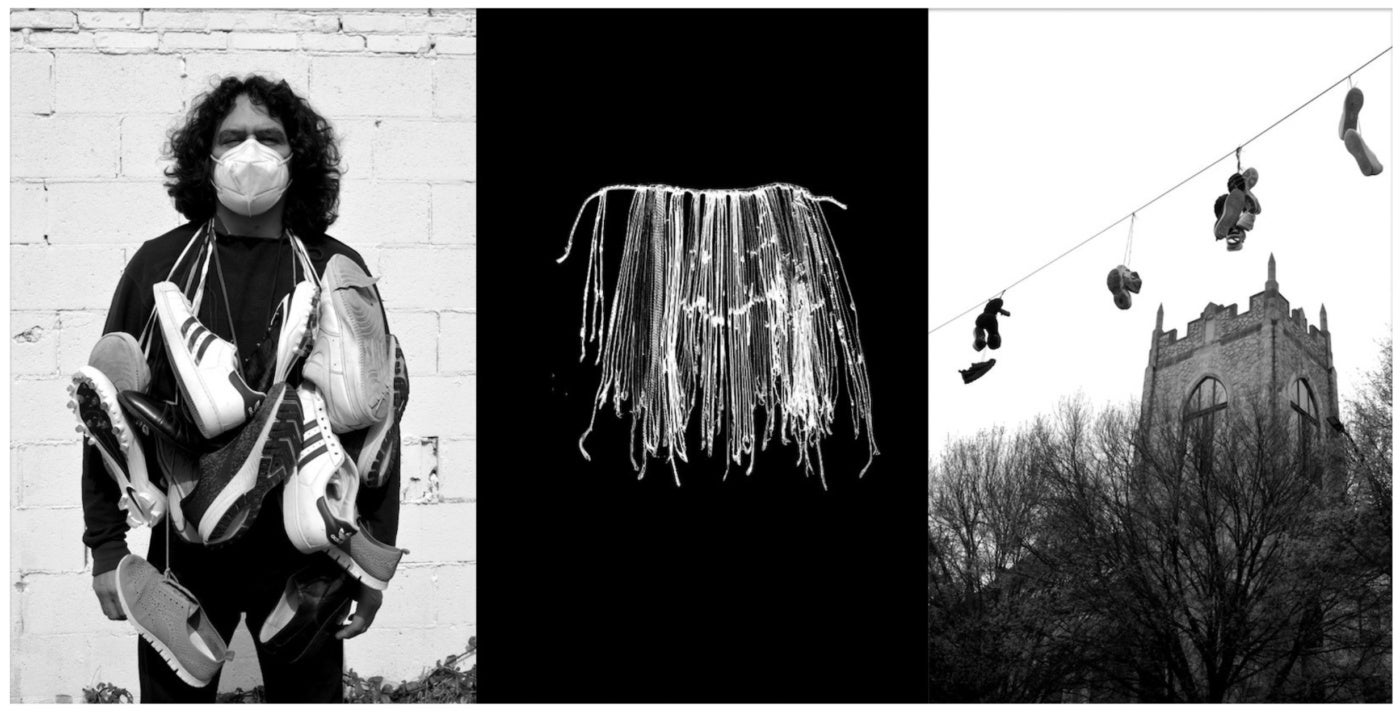
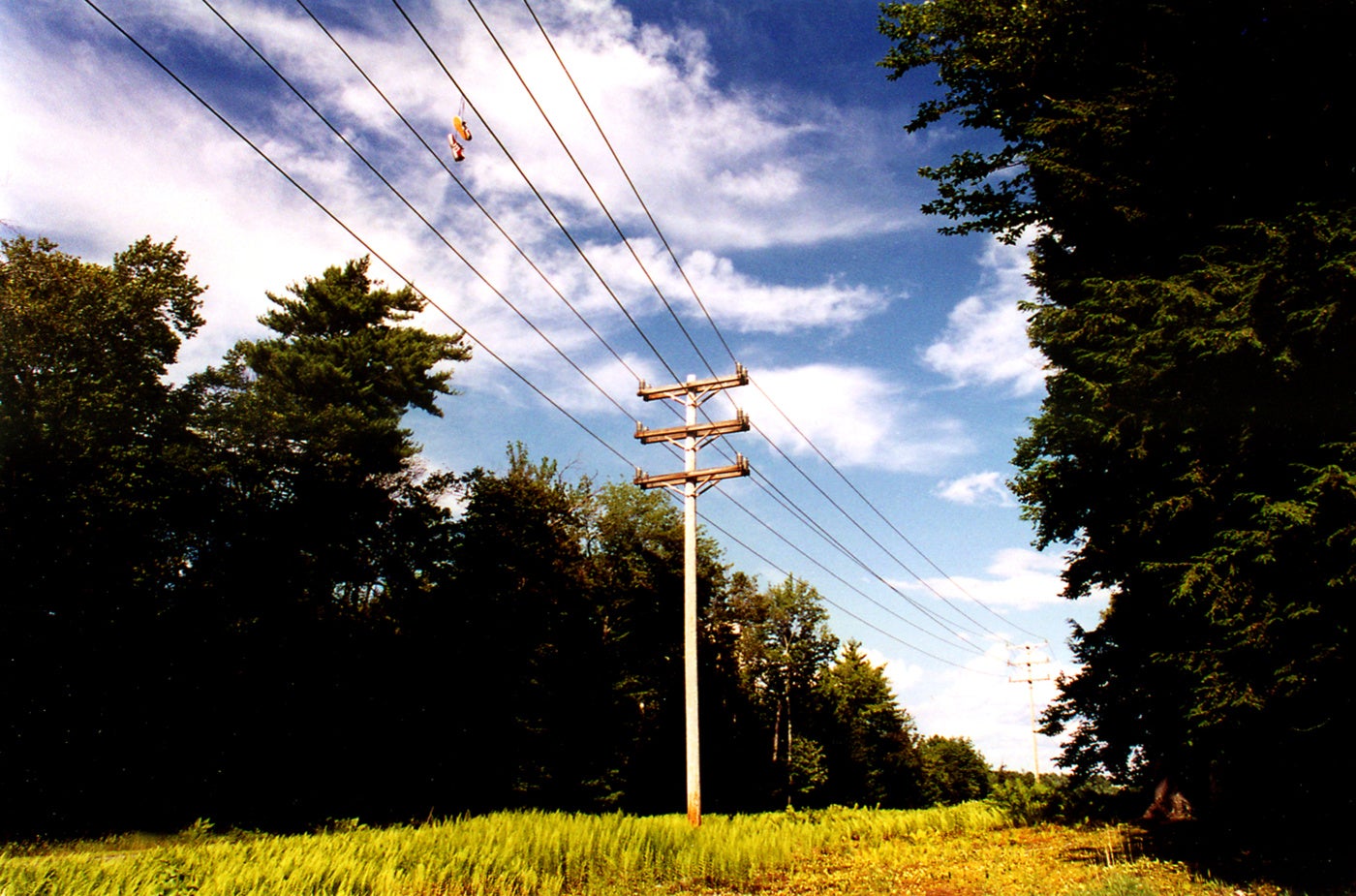
VR: Can you recall a moment of creative breakthrough that happened specifically because of the unique conditions of a residency?
wc: At Skowhegan, I met Crystal Campbell and Rashawn Griffin, and Rashawn was constantly improvising on anything and everything, absorbing the landscape, conversations. I saw that he didn’t consider the materials as precious commodity. I was thinking, well, I paid five dollars for this sheet of paper, and he wasn’t. He was allowing this free flow of exchanges between self, the materials, everything else.
When I returned to my studio after nine weeks, I immediately started reflecting and saw everything differently. I looked at the work I had and I didn’t destroy it, I started altering it. I felt liberated. I didn’t feel like I had any restraints anymore. I wasn’t trying to copy Rashawn, but I saw how he had liberated himself from these restraints. That residency experience at Skowhegan really gave me the choice, the consciousness to take risks and it’s something I’ve never stopped.
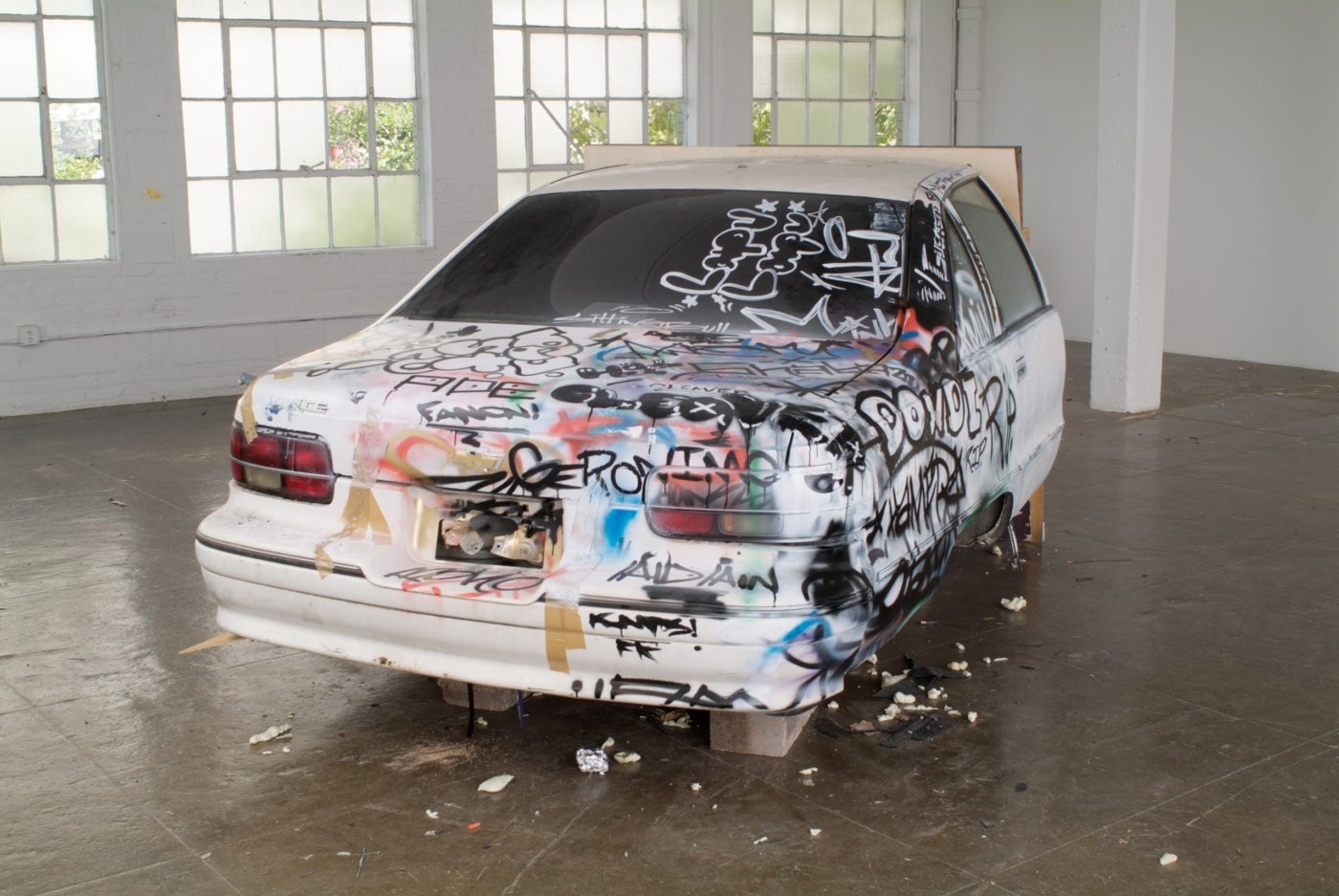
VR: Your approach to residencies evolved over time. How did that change?
wc: Between 2004 and 2014, I did residencies, but I evolved from that. I started realizing that I wanted to mentor more, curate more, write more. One thing an artist should always focus on is that you have to challenge yourself, otherwise you don’t develop, you don’t evolve, you stagnate, conform. I’m not interested in conforming or stagnating, I just want to keep pushing.
For the last five years of my practice in residencies, I was working very minimally, more as an alchemist, which is how I work today. I don’t even have a studio, I just have an office space. If I have to work, I’ll go outside in the main courtyard and work there. I transformed myself into an alchemist. I think I was always that, but I just wasn’t conscious of it.
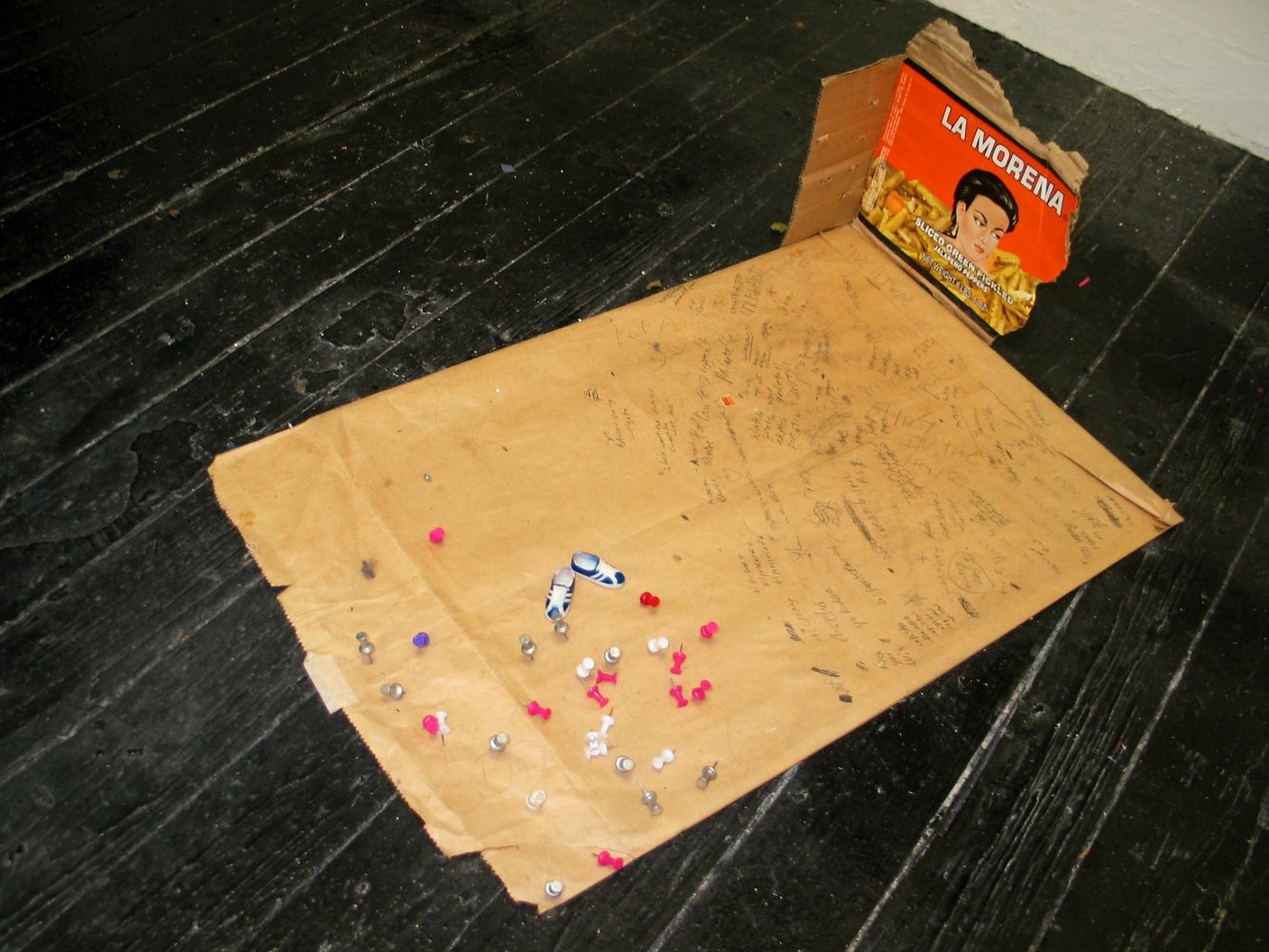
VR: What would you tell emerging artists about maximizing their residency experiences?
wc: I don’t have any advice. I think the proof is always in the pudding. I just share examples. What I did was research the pros and cons of art residencies, how can they benefit one’s practice. Simply because somebody knocks on your door doesn’t mean you should answer it. Simply because you’re presented with candy doesn’t mean you should eat it.
I chose residencies because I saw grad students before me who had so much energy, potential, and promise graduate and burn out fast because nobody had equipped them with survival tools to sustain themselves. They just showed them how to be thoroughbreds, and what happens to thoroughbreds when they can’t run anymore?
Late artist and friend, Terry Adkins, shared this conundrum with me while I was in grad school. This is what happens to a lot of young artists. They come out running and burn out fast, and they don’t realize what happens now because that part of the story is never shared in grad school. My focus is to try and create alternatives, to propose options. We all need options.
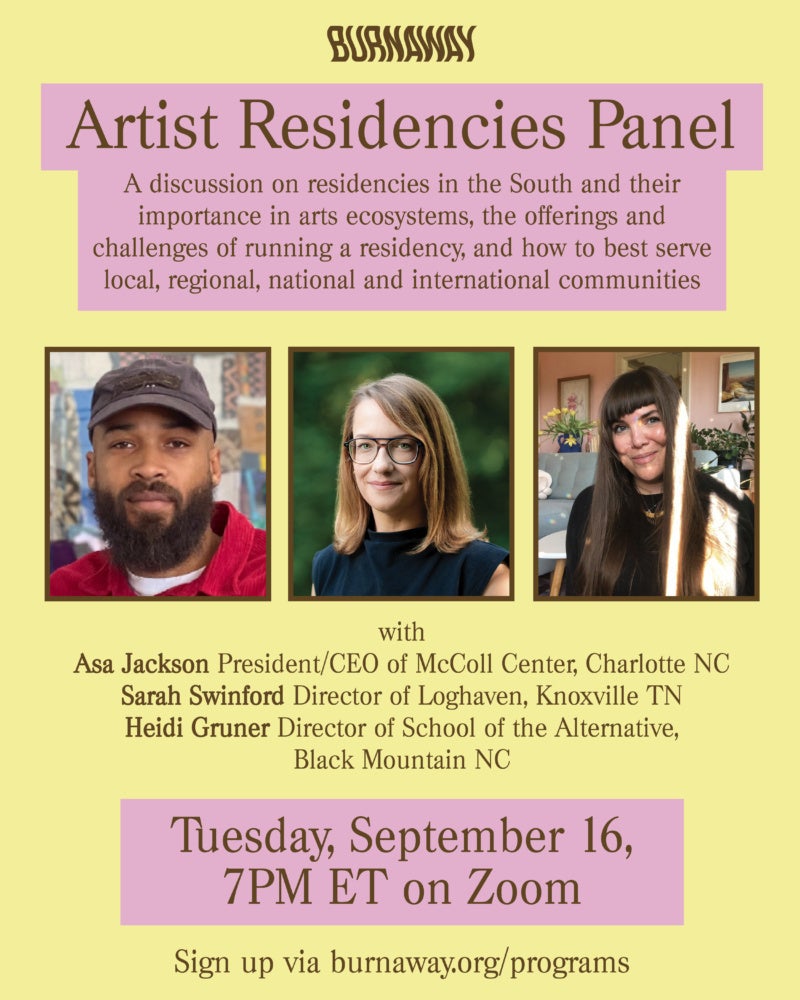
Join Burnaway on Tuesday, September 16 at 7PM ET for a virtual panel on artist residencies in the South. Our Editor and Artistic Director Courtney McClellan will be moderating a conversation between Asa Jackson, President/CEO of McColl Center, Sarah Swinford, Director of Loghaven, and Heidi Gruner, Director of School of the Alternative. We’ll hear about what it’s like to run artist residencies in the South, their importance in arts ecosystems, the offerings and challenges of running a residency, and how to best serve local, regional, national, and international communities. They’ll also discuss what it’s like to bring artists from around the world to the South.

